Deck & Commander Strategies
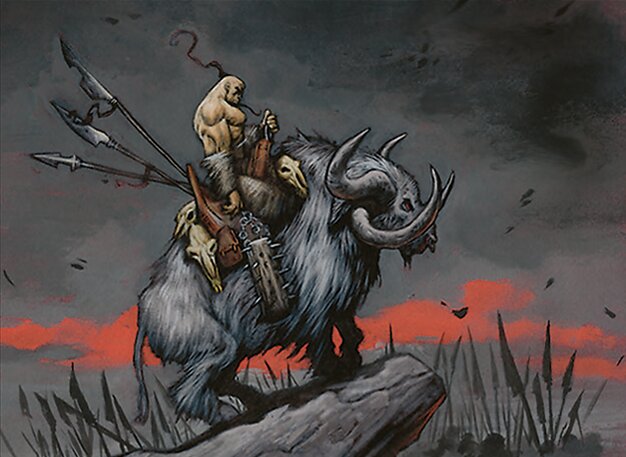
Godo, Bandit Warlord
Ramp aggressively to 11 mana to cast Godo, then fetch Helm of the Host to create infinite combat steps and win through combat damage.

Animar, Soul of Elements
Use a control-oriented build to reduce creature costs, accumulate +1/+1 counters on Animar, and control the board with disruptive creatures and card draw.
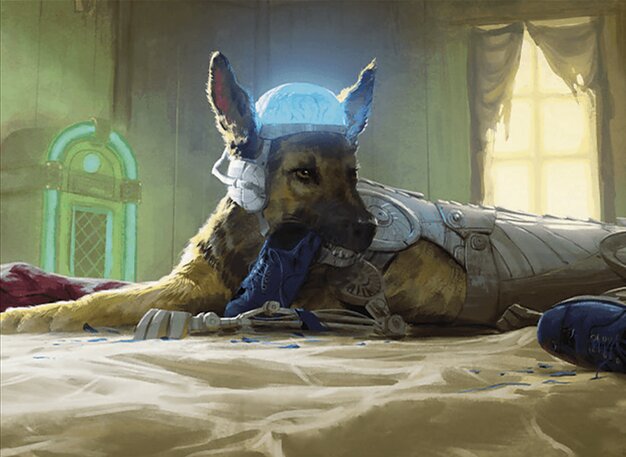
Rex, Cyber-Hound
Mill cards to put multiple abilities onto Rex, then leverage energy to exile and replay cards, forming a self-sustaining engine that overwhelms opponents.
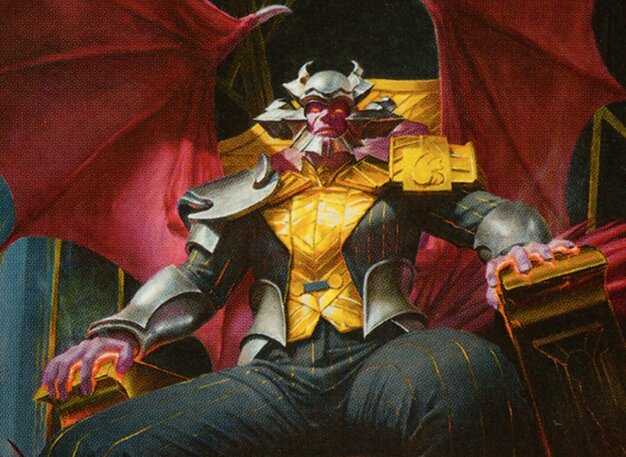
Ob Nixilis, Captive Kingpin
Gain massive card advantage by attacking and using Ob Nixilis’s ability to exile opponents’ permanents, then win through Walking Ballista combos or overwhelming board presence.
Gameplay Insights
- 1
Rex’s use of energy counters to exile and replay key cards from the graveyard was a pivotal engine-building strategy that allowed for sustained pressure and resource advantage.
- 2
Ob Nixilis’s repeated attacks and triggered exiles applied continuous disruption, forcing opponents to adjust their plays and manage threats carefully.
- 3
Animar’s layering of +1/+1 counters combined with creatures that generate card advantage created resilience against removal and control effects.
- 4
Godo’s early ramp and threat of Helm of the Host infinite combat steps pressured the table, although the deck had to navigate the heavy control and interaction from the other decks.
- 5
Players leveraged multiple card draw and discard effects, such as Wheel of Fortune and Heartwood Storyteller triggers, to maintain hand size and access to answers.
Notable Cards
-
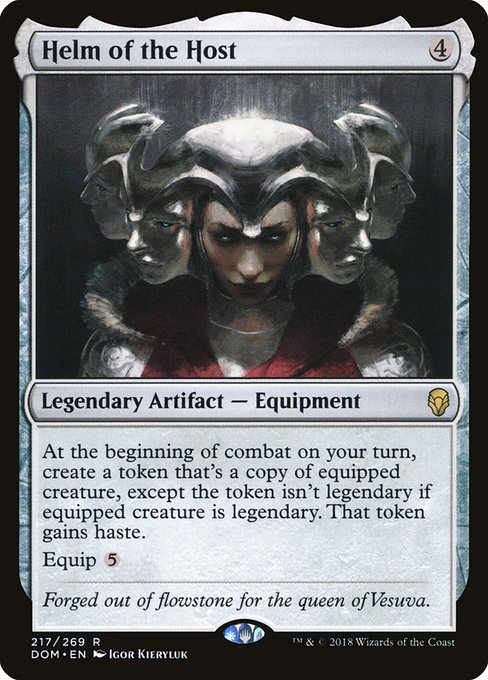
Helm of the Host
-
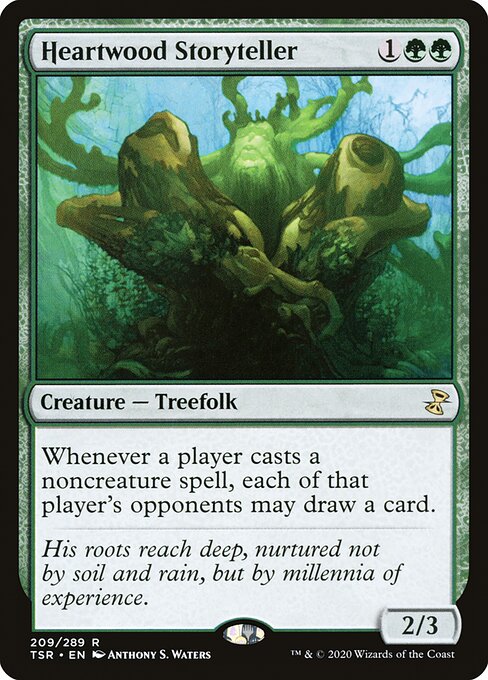
Heartwood Storyteller
-
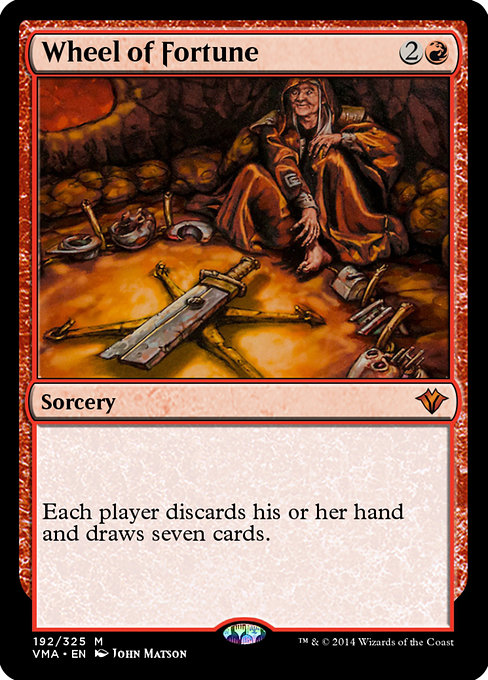
Wheel of Fortune
-
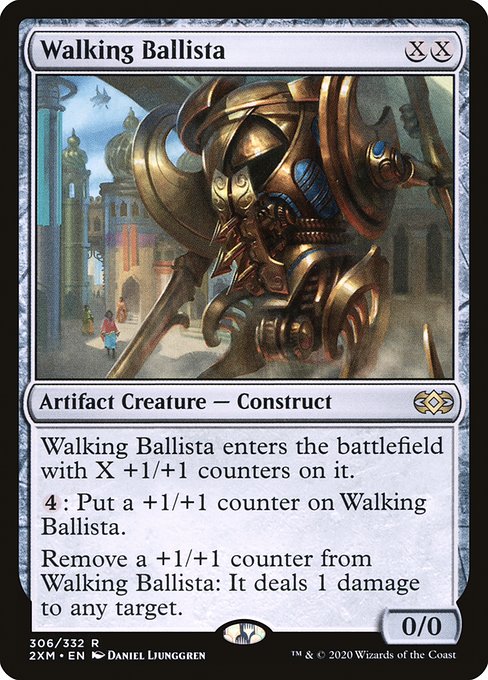
Walking Ballista
-

Demonic Tutor
-
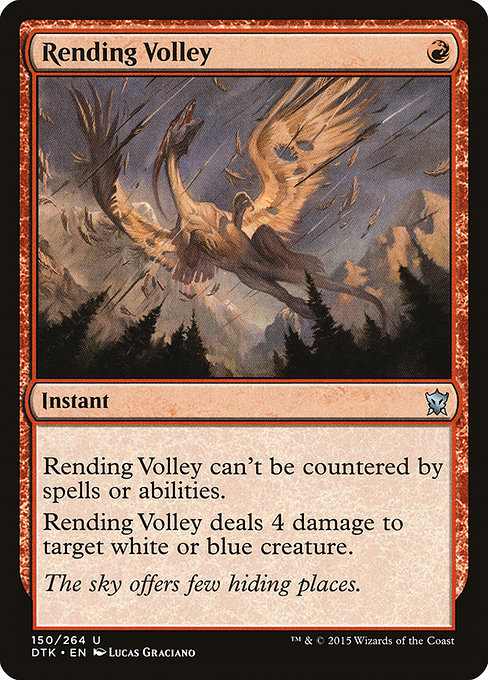
Rending Volley
-

Deflecting Swat
Gameplay Summary
The game featured four competitive Commander decks: Godo, Bandit Warlord; Animar, Soul of Elements; Rex, Cyber-Hound; and Ob Nixilis, Captive Kingpin.
Early turns were focused on ramp and setting up mana rocks, with players casting their commanders and establishing board presence.
Animar developed counters and used creatures like Heartwood Storyteller to draw cards and maintain momentum, while Rex utilized energy and recursive graveyard interactions to build a resilient engine.
Ob Nixilis leveraged his commander’s ability to generate card advantage and exile problematic permanents, continuously growing stronger with counters.
Godo aimed to ramp fast and assemble a Helm of the Host combo for infinite combat steps, but faced pressure from the other decks’ control elements.
Key turning points included Rex’s strategic use of energy to exile and replay impactful cards from the graveyard, enhancing his board state.
Ob Nixilis consistently applied pressure by attacking and removing threats, while Animar’s counter accumulation and card draw created a steady stream of threats and answers.
Godo’s combo potential remained a looming threat, influencing opponent actions.
The gameplay featured multiple layers of interaction, including counterspells, removal, and combat tricks, with players carefully managing resources and timing.
The game’s tension centered around Rex’s self-contained engine and Ob Nixilis’s card advantage, with Animar providing control disruption and Godo waiting for an opening to strike with his combo.






















![Niv Mizzet vs Animar vs Godo vs Akiri [EDH/Commander] Gameplay 2020 thumbnail](https://i.ytimg.com/vi/a_Hu0NKAIJ0/sddefault.jpg)




![Commander VS S1E2: Keranos v. Marchesa v. Animar v. Ruric Thar [MTG Multiplayer] thumbnail](https://i.ytimg.com/vi/zQYgG45Yzuk/sddefault.jpg)








